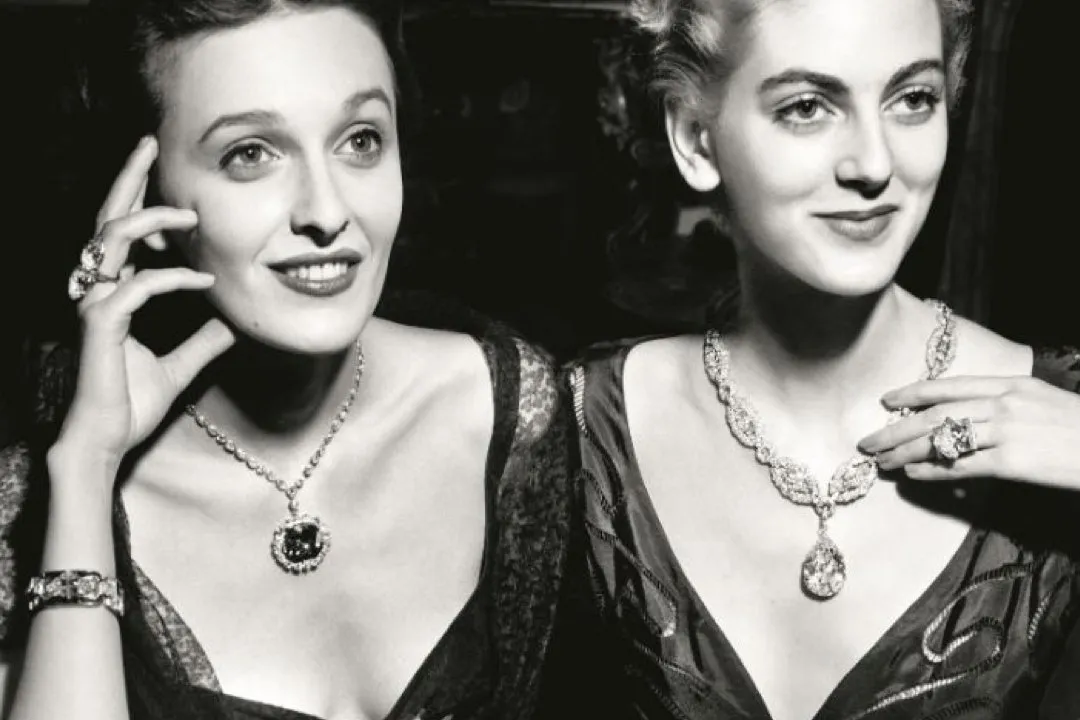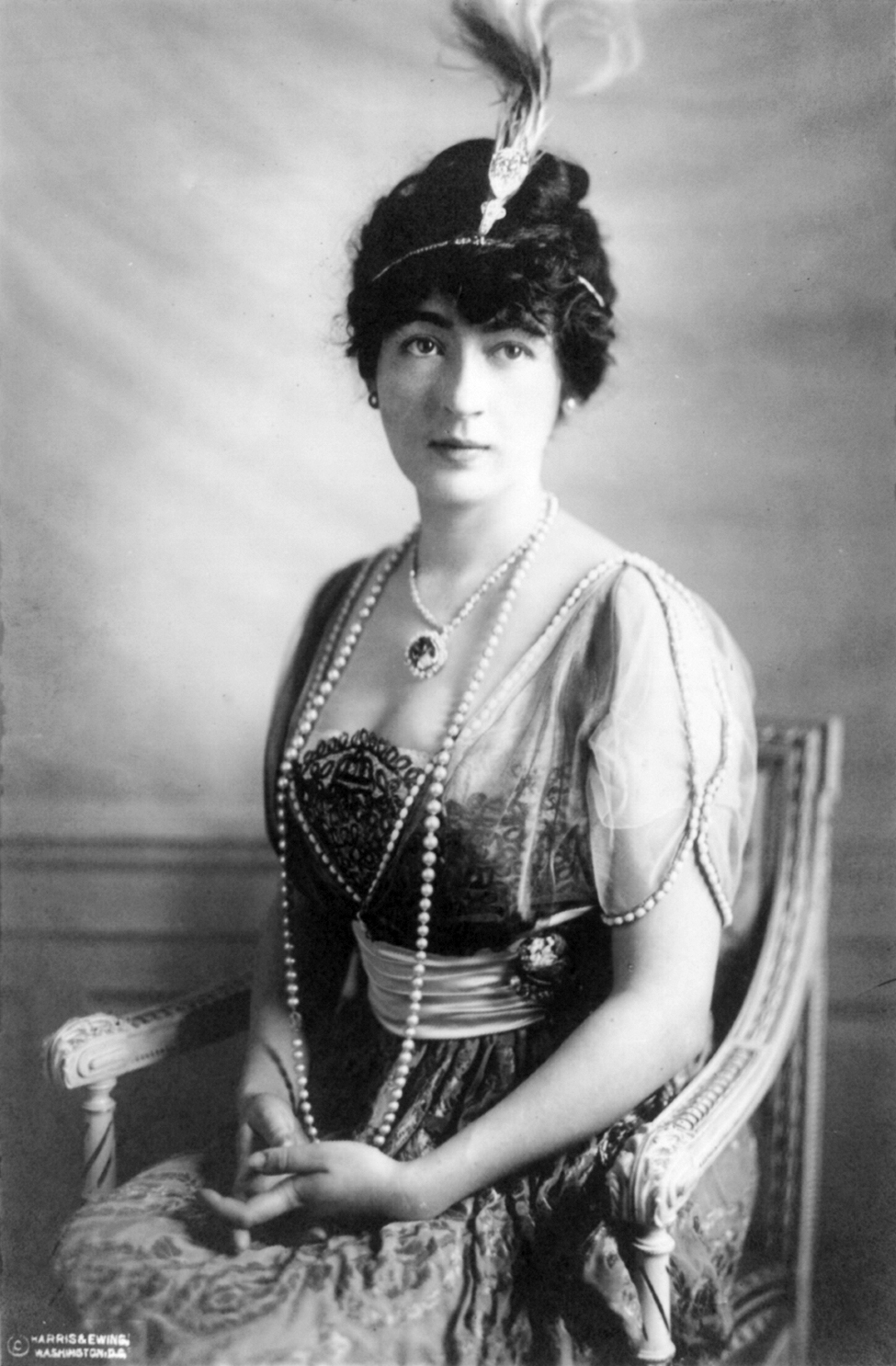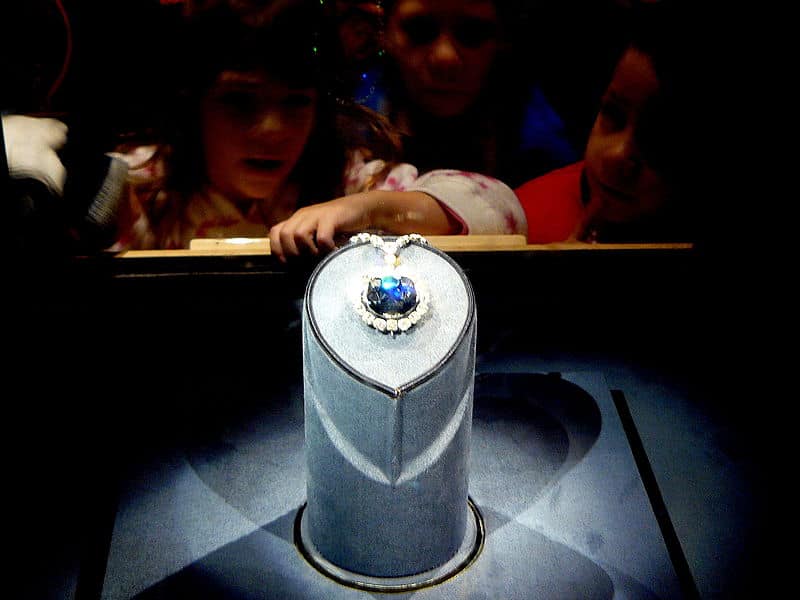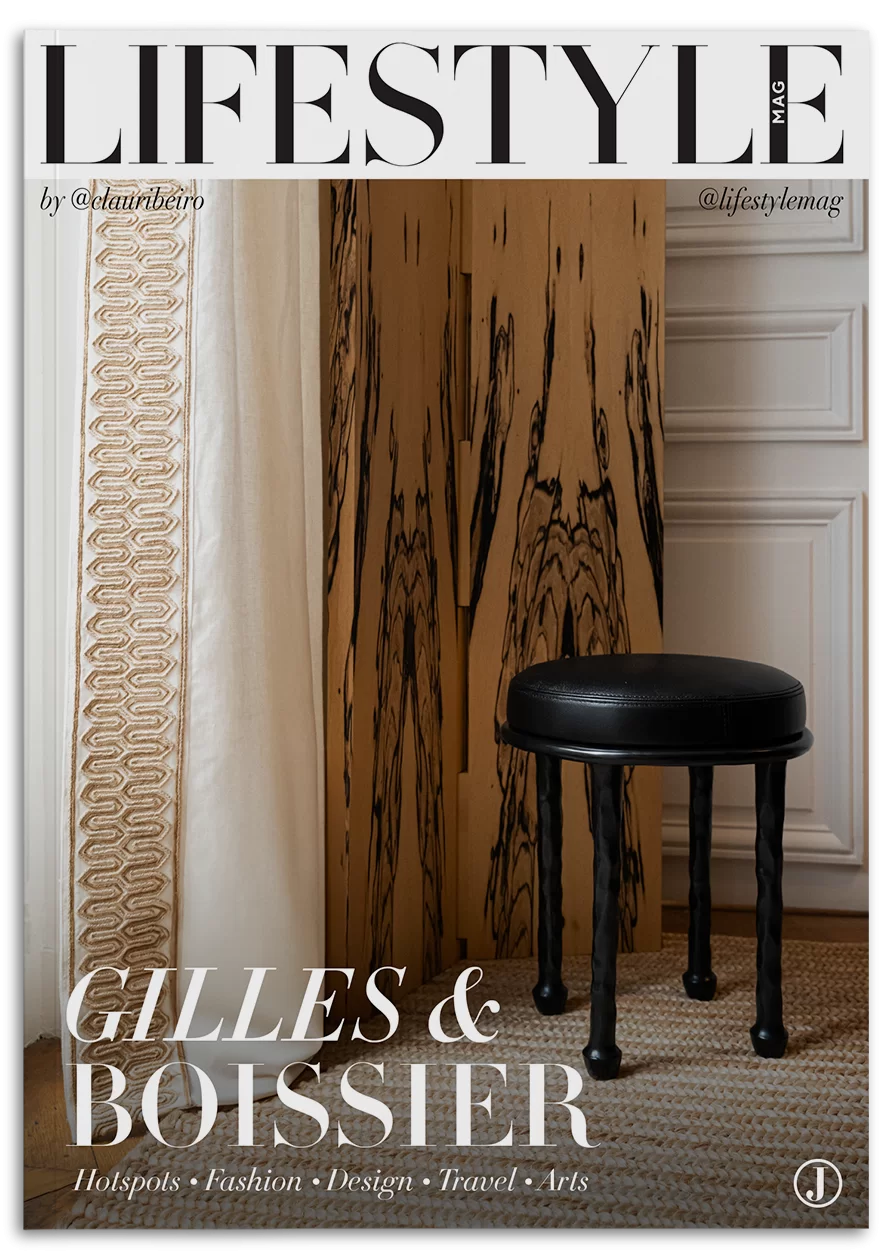
Why is the Hope Diamond considered cursed?
Discovered in India in the 17th century, the Hope possibly adorned a statue of the goddess Sita before it was stolen. According to legends, that act triggered a series of misfortunes for its future owners, fueling the fame of the so-called “diamond curse”.
The diamond was acquired by Jean-Baptiste Tavernier, a French traveler and merchant, who sold it to King Louis XIV in 1668. Under French royal ownership, the Hope was recut into a smaller stone and came to be known as the “French Blue”. During this period, it became one of the crown’s treasures. However, the monarchs’ fortune would not last forever.

Marie Antoinette, wife of Louis XVI, was one of the last known bearers of the diamond before the French Revolution. Her tragic fate on the guillotine in 1793 reinforced beliefs that the jewel brought misfortune. During the upheavals of the revolution, the diamond disappeared in 1792, along with other French crown jewels.
The Hope reappeared mysteriously in London in 1812, coinciding with the expiration of the legal time limit for prosecuting the theft of the crown jewels. In 1830, banker Henry Philip Hope acquired the stone, which has borne his name ever since. The Hope family’s fortune, however, suffered a decline over the years, leading to legal disputes and financial difficulties that ultimately forced the sale of the diamond.


At the beginning of the 20th century, Evalyn Walsh McLean, one of the richest heirs in the United States, bought the diamond from Pierre Cartier. Despite her confidence that she could break the curse, her life was marked by tragedies: her ten-year-old son died in a car accident, her husband faced mental health problems, and the family fortune was lost.
Before McLean, other owners, such as jeweler Simon Frankel, also encountered bankruptcies and financial setbacks after acquiring the jewel, reinforcing the myth of its curse.

In Hollywood, the story of the Hope was explored by May Yohé, the ex-wife of one of the jewel’s owners. In 1921, she starred in the film “The Hope Diamond Mystery”, a film serial that helped further popularize the legends and superstitions surrounding the diamond.

Today, the Hope Diamond is valued at approximately US$ 350 million and remains one of the world’s most famous and studied diamonds. Since 1958, it has resided at the National Museum of Natural History of the Smithsonian Institution in Washington, D.C. The diamond, displayed in a special case, attracts thousands of visitors annually, fascinated both by its rare deep blue hue and its enigmatic history.




